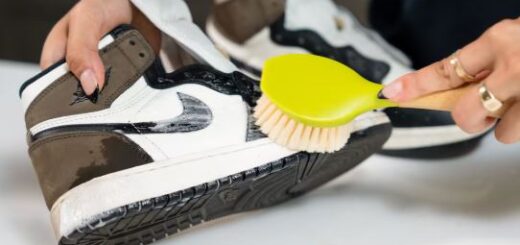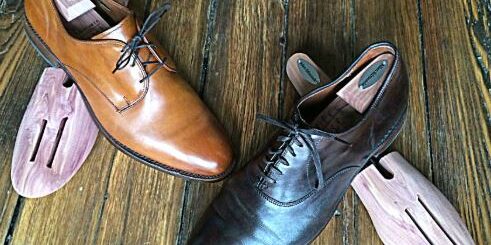The Risks of Washing Shoes in a Machine
In the modern rush of everyday life, it’s no surprise that convenience often takes precedence over proper care routines. Many people are increasingly turning to washing machines as a quick fix to clean dirty shoes—particularly sneakers and casual footwear. Tossing a grimy pair into the drum, setting it to a gentle cycle, and letting the appliance do the work seems like an ideal solution. The shoes emerge cleaner, looking almost new, and the process requires minimal effort. But beneath that surface-level transformation lies a set of hidden problems.
Although machine washing may make shoes appear refreshed on the outside, the internal toll it takes can be considerable. Most shoes are not engineered to endure the tumbling, soaking, and detergent exposure that comes with machine washing. While it may feel like a modern hack, using a washing machine for general shoe maintenance can lead to irreversible damage and drastically reduce the life of your footwear.
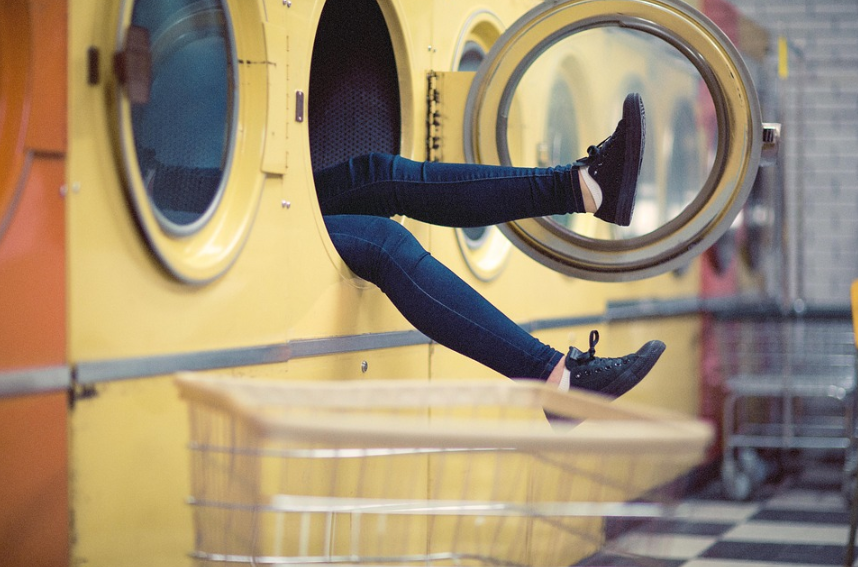
Why Avoiding Proper Shoe Cleaning Is Not an Option
Of course, choosing not to clean your shoes at all is equally unwise. Dirt, mud, and other debris not only compromise appearance but also wear down materials over time. Accumulated grime can harden fabrics, weaken threads, and make certain types of leather more prone to cracking. Failing to clean your shoes can create an ideal environment for mold, odor, and bacterial growth, especially in humid climates or after long use.
Recognizing the importance of keeping shoes clean, people understandably seek quick solutions. However, ease should not come at the expense of effectiveness or preservation. While shortcuts may save time, they often lead to deterioration of the very items you’re trying to maintain.
The Misleading Influence of Online Trends
In today’s internet-driven culture, advice travels fast. Video tutorials, blog posts, and social media reels often promote unconventional cleaning tips, including machine washing shoes. These are typically produced by influencers, lifestyle bloggers, or companies with little knowledge of shoemaking. Their advice may come with confidence, but it lacks the nuance and understanding required to protect the structure and function of shoes.
Further compounding the issue, appliance manufacturers have begun to capitalize on this trend. Some market their machines as suitable for cleaning shoes, thereby normalizing a practice that is often inappropriate for the average pair of footwear. Unfortunately, none of these sources account for the diversity of materials, construction methods, and adhesives used in shoe manufacturing.
The Hidden Structure of Your Shoes
Footwear is far more complex than it appears at first glance. Beyond the visible design and materials lies a network of glues, stitches, insoles, and support elements that all contribute to the shoe’s integrity. While some parts are sewn, adhesives play a central role in holding everything together. These adhesives are not made to resist constant water saturation, soap infiltration, or the physical strain of spinning.
Moreover, many shoes incorporate a mix of components—leather, foam, mesh, canvas, and rubber—each of which responds differently to heat, water, and motion. When exposed to a machine wash cycle, these materials may expand, contract, or degrade at varying rates. The result is a shoe that may dry looking fine, but feels looser, stiffer, or awkward on the foot due to compromised inner structures.
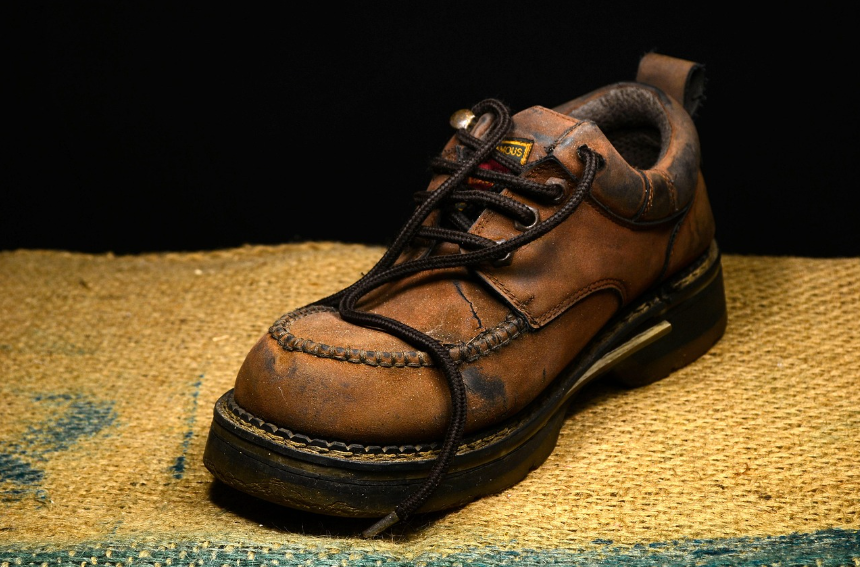
Why Machine Washing Is a Poor Long-Term Strategy
At first glance, the machine-cleaned shoe may seem perfectly intact. But over time, subtle forms of damage begin to surface. The stitching may unravel faster than it normally would. Soles could detach slightly at the edges, or lose their form entirely. Foam padding might lose its bounce. Shape memory may be lost altogether, particularly in soft textile shoes or sneakers.
One of the more deceptive aspects of this damage is how invisible it can be. Just like surface wax on a scratched car, the post-wash shine can conceal internal deterioration. Every wash cycle subjects the shoe to wear it wasn’t designed to endure. This is particularly true for high-performance shoes, like running or hiking footwear, where even minor structural weakness can lead to poor support or increased risk of injury.
When Machine Washing Might Be Acceptable
That being said, there are exceptions. A small number of shoes are created specifically with machine washing in mind. Manufacturers of such footwear typically indicate this explicitly, using water-resistant adhesives and materials capable of withstanding repetitive exposure to detergent and movement. These might include specific lines of athletic shoes, washable slip-ons, or children’s canvas shoes. If the label confirms machine washability, then it can be safe to proceed—with caution.
Additionally, certain components of shoes can be cleaned in a machine without risk. Removable fabric insoles and standard shoelaces are examples. These items can be thrown into a gentle cycle, ideally inside a protective mesh bag, and air-dried afterward.
Effective Alternatives to Machine Washing
Fortunately, there are far better ways to clean your shoes that do not involve spinning them in a machine. Shoe care companies have developed specialized cleaners suited for a variety of materials and degrees of grime. These products are designed to break down dirt without over-saturating or damaging the structure of the shoe.
Most high-quality cleaners come in both light and heavy-duty formulations. For everyday wear, a gentle solution combined with a soft-bristled brush or microfiber cloth is often sufficient. Deep stains can be targeted using more concentrated products. These cleaning sessions typically involve only partial dampening, meaning the shoes dry faster and retain their shape and feel.
These dedicated cleaning products are formulated not just for aesthetic results, but also with material integrity in mind. Unlike laundry detergents used in machines, shoe-specific cleaners are pH-balanced and less likely to break down adhesives or dry out leather.
How to Maintain Shoes Between Cleanings
Regular maintenance reduces the frequency with which intensive cleaning is necessary. After each wear, it’s advisable to knock off dirt and dust with a dry brush or a quick wipe with a damp cloth. This prevents debris from embedding deeply into the fabric or leather, keeping the shoes looking fresher for longer.
If your shoes are made from leather, it’s crucial to periodically nourish the material with a good-quality shoe cream. This helps preserve flexibility and shine, and prevents the leather from drying out or cracking. Suede, nubuck, and textiles benefit from occasional protective sprays that restore their water resistance and shield against stains.
By creating a routine of small, consistent actions, you can extend the life of your shoes and minimize the need for deep cleans—whether manual or mechanical.
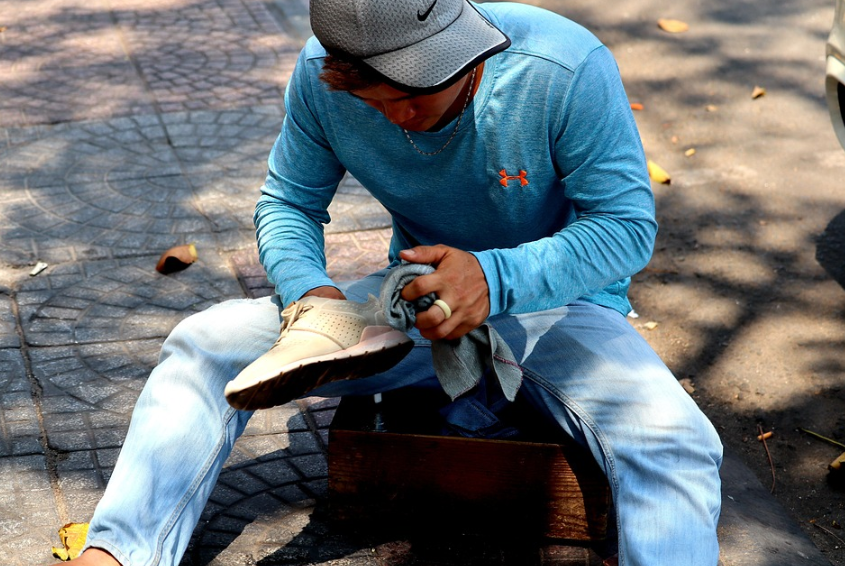
The Bottom Line: Choose Care Over Convenience
It’s understandable why someone might toss their shoes into a washing machine out of convenience or habit. But this decision, while seemingly harmless, can have long-lasting consequences. Most shoes aren’t built to survive such treatment, and the long-term result is often premature wear, compromised performance, and even discomfort when walking.
Rather than relying on internet trends or quick fixes, investing in proper shoe care tools and habits pays off over time. The best approach is to treat shoes according to the materials they’re made of, the purposes they serve, and the way they were constructed. With thoughtful care, a good pair of shoes can last for years, maintaining their comfort, appearance, and function. Avoiding the washing machine is one simple way to make that happen.
Frequently Asked Questions
Why is machine washing shoes considered harmful?
Machine washing exposes shoes to intense tumbling, water saturation, and detergents, which can weaken adhesives, distort shape, and damage materials not designed for such treatment.
Can shoes look fine after machine washing but still be damaged?
Yes, internal structures like glue bonds or cushioning may be compromised, even if the shoes appear visually intact after washing.
Are all shoes unsuitable for machine washing?
No, some shoes are designed with materials and adhesives that tolerate machine washing, but these are explicitly labeled as such by the manufacturer.
What parts of shoes can safely go in the washing machine?
Fabric laces and removable textile insoles are generally safe to machine wash, especially when placed in a protective laundry bag.
What are better alternatives to machine washing shoes?
Using dedicated shoe cleaners with a damp cloth or soft brush is a safer and more effective way to clean shoes without damaging them.
How do specialized shoe cleaners help?
They are formulated to break down dirt gently, without soaking the shoes or harming their adhesives and materials, thus preserving shoe longevity.
What daily habits help maintain cleaner shoes?
Brushing off dirt or wiping with a damp cloth after each use prevents grime buildup and reduces the need for deep cleaning.
How should leather shoes be maintained?
Leather shoes benefit from regular conditioning with shoe cream to maintain flexibility, shine, and prevent cracking.
What should be done after cleaning suede or textile shoes?
After cleaning, apply a waterproofing spray to restore their resistance to moisture and stains.
Why is machine washing especially risky for sneakers?
Sneakers often contain various materials and layers of adhesives that can react differently to water and agitation, increasing the risk of deformation or breakdown.
What role do adhesives play in shoe construction?
Adhesives are crucial for holding parts of the shoe together and maintaining its shape; they are sensitive to prolonged water exposure and detergents.
What is the long-term benefit of proper shoe care?
Consistent and appropriate cleaning extends the life, comfort, and appearance of shoes, making them last longer and perform better over time.


